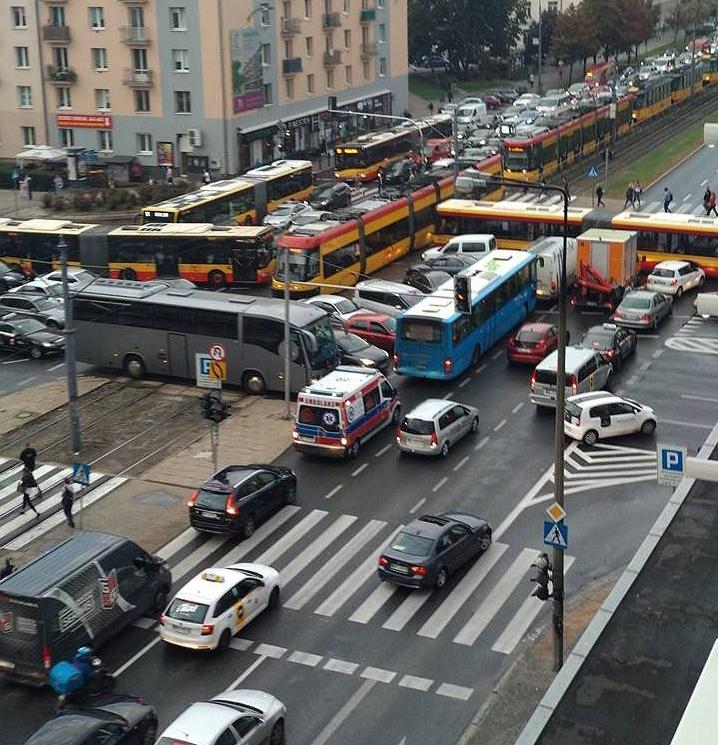

They maintain, in essence, that "the policy preferences of Members of Congress at or near the median are among the crucial determinants of policy outcomes." As a result, they argue, gridlock is not determined by party control of the government, but rather by an interplay between the existing policy and the spectrum of individual preferences held by congressional representatives.

Along these lines, David Brady, a professor of political science at Stanford University, and Craig Volden, a professor of public policy and politics at the University of Virginia, explain gridlock by pointing to two interrelated factors: first, "the preferences of members of Congress regarding particular policies" and second, " supermajority institutions – the Senate filibuster and the presidential veto". Constitution and Senate voting rules for enabling situations of legislative gridlock.

Law professors such as Sanford Levinson and Adrian Vermeule, as well as political commentators such as Matthew Yglesias and Debbie Parks, have criticized the U.S. Political Gridlock by author Ned Witting identifies many of the causes of gridlock in the United States and outlines ways to get government working again. Gridlock may also occur within the Senate, when no party has a filibuster-proof majority. In United States politics, gridlock frequently refers to occasions when the House of Representatives and the Senate are controlled by different parties, or by a different party than the party of the president. Supreme Court Justice Antonin Scalia testified before the Senate Judiciary Committee about the gridlock caused by the separation of powers and checks and balances of the U.S. See also: United States Presidents and control of Congress U.S.


 0 kommentar(er)
0 kommentar(er)
